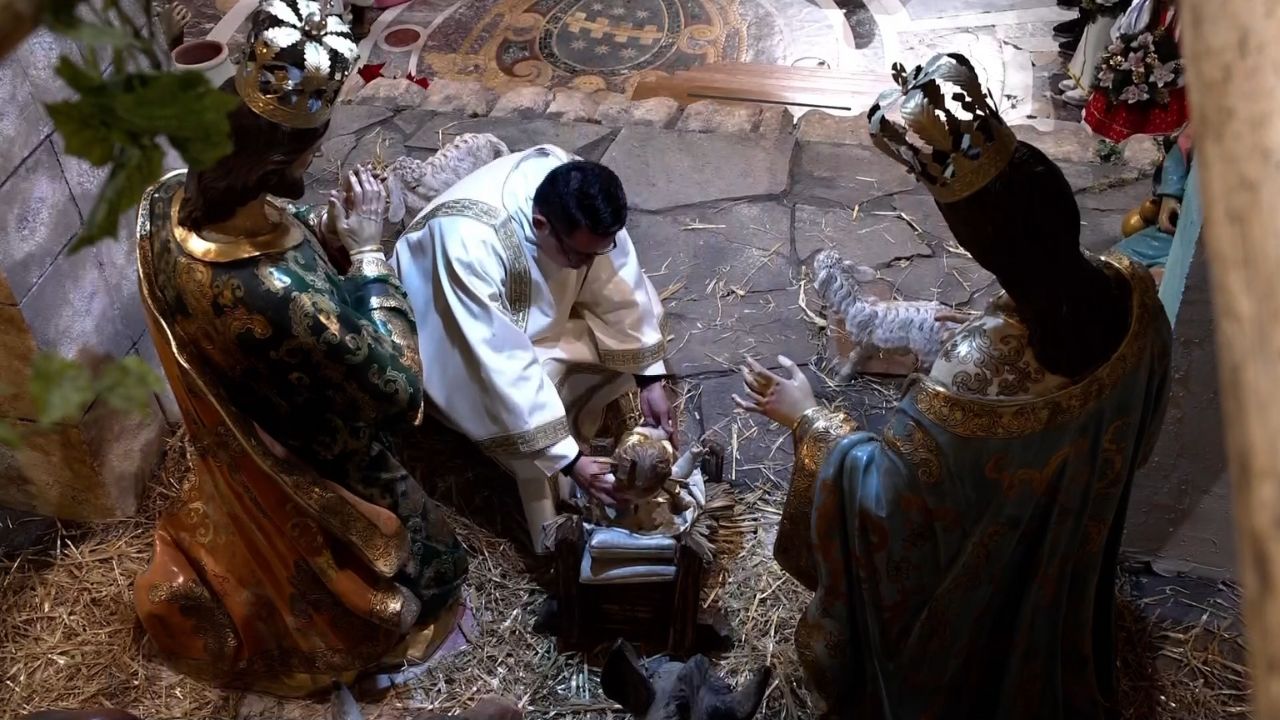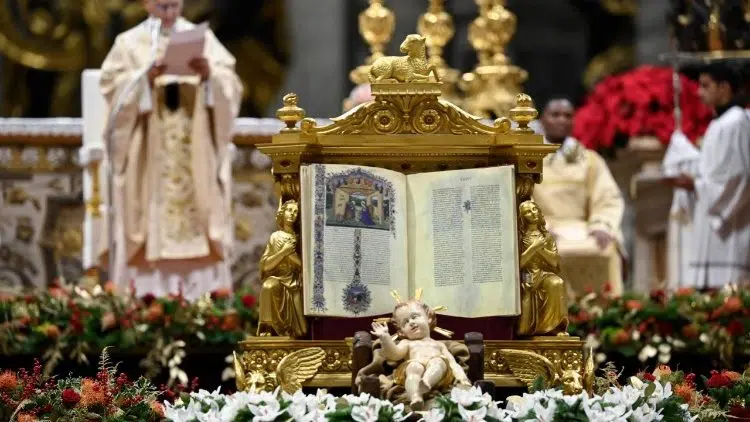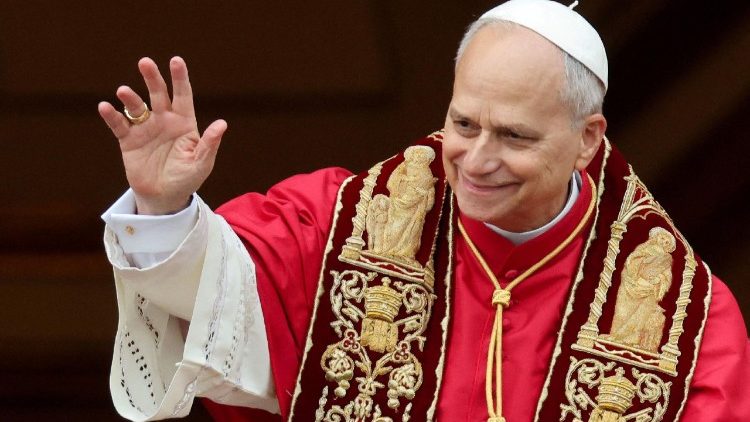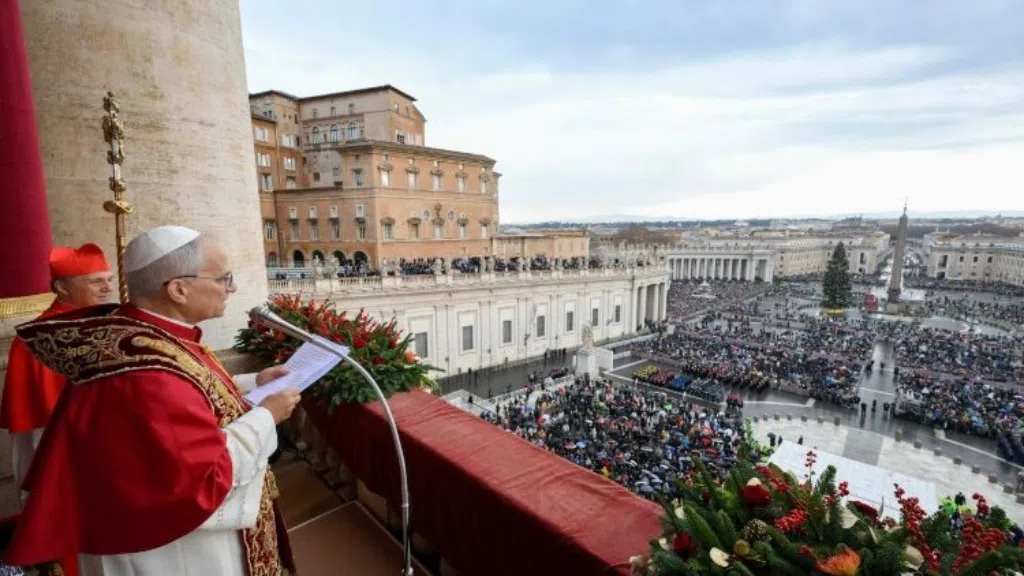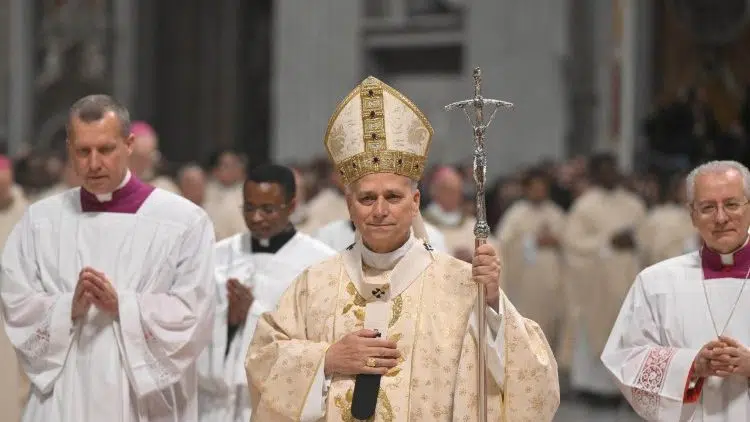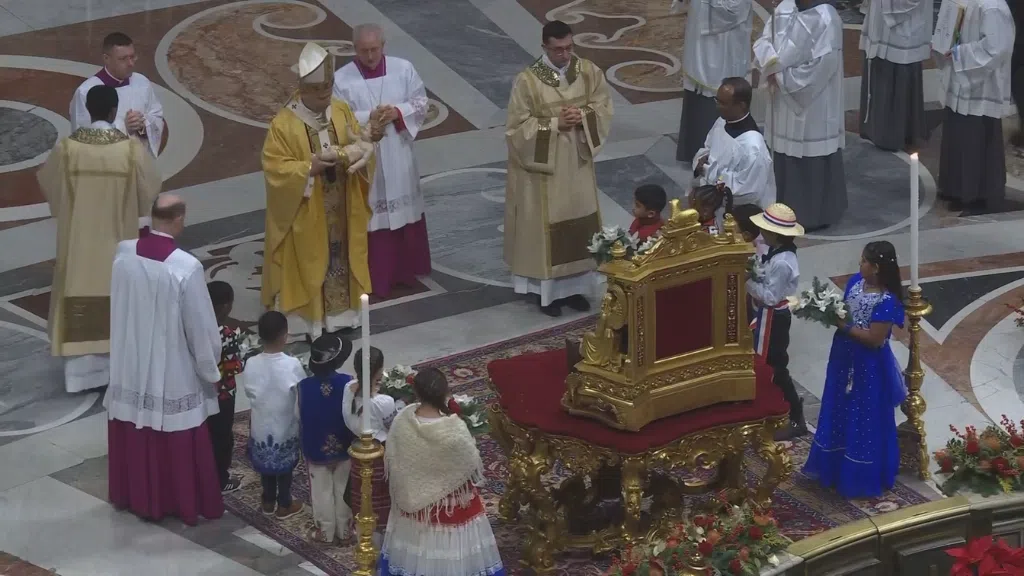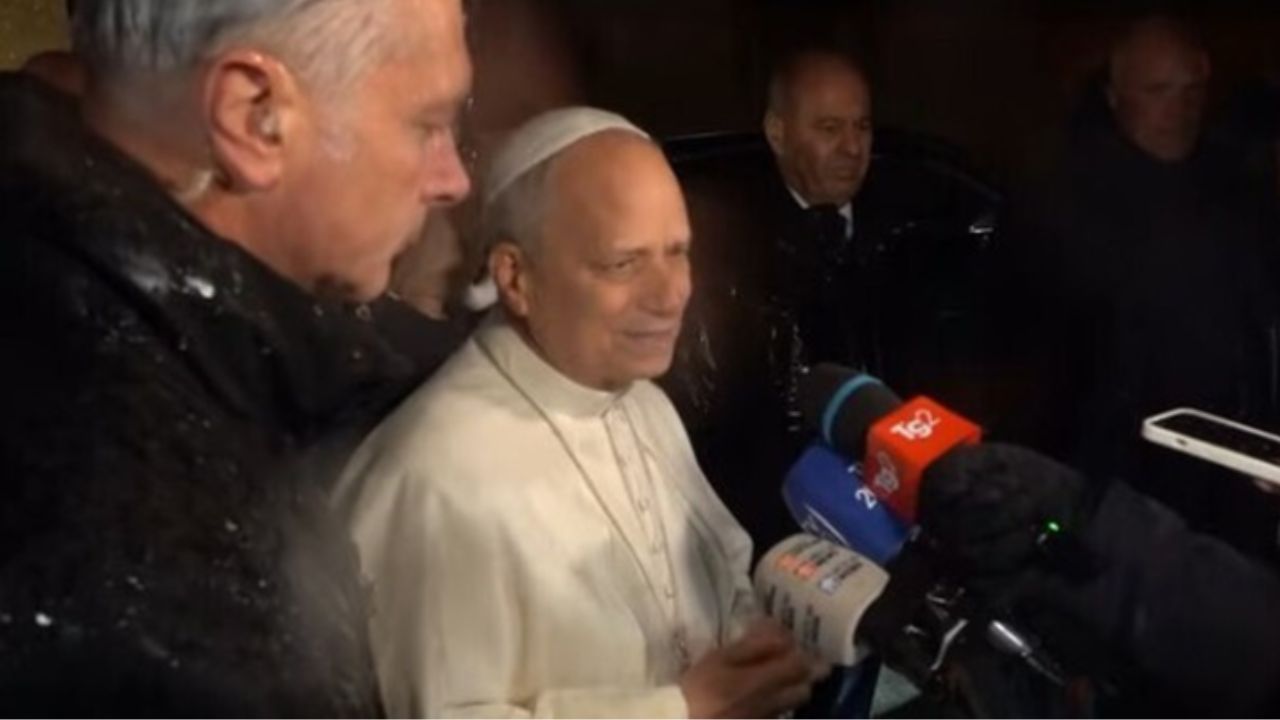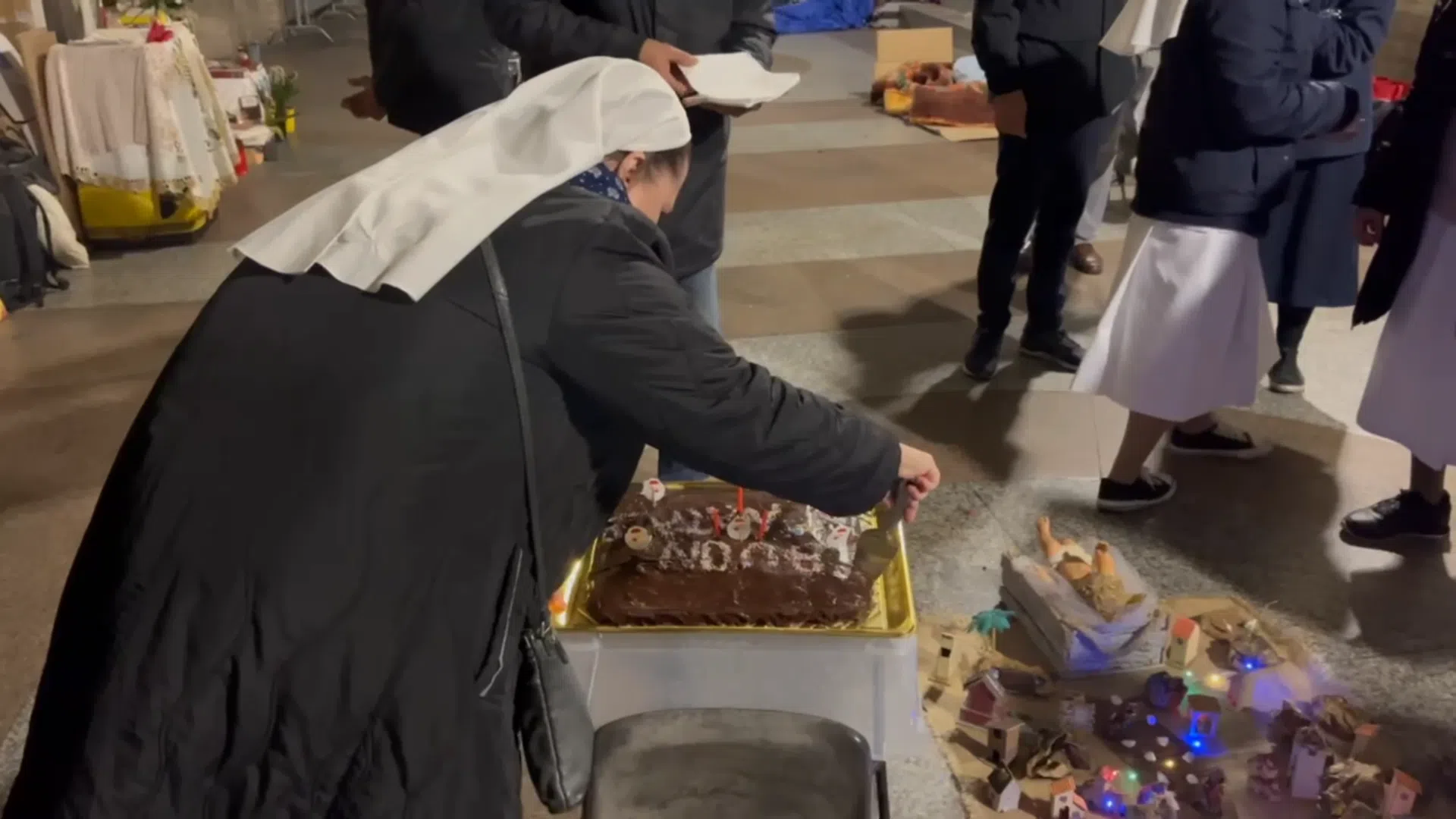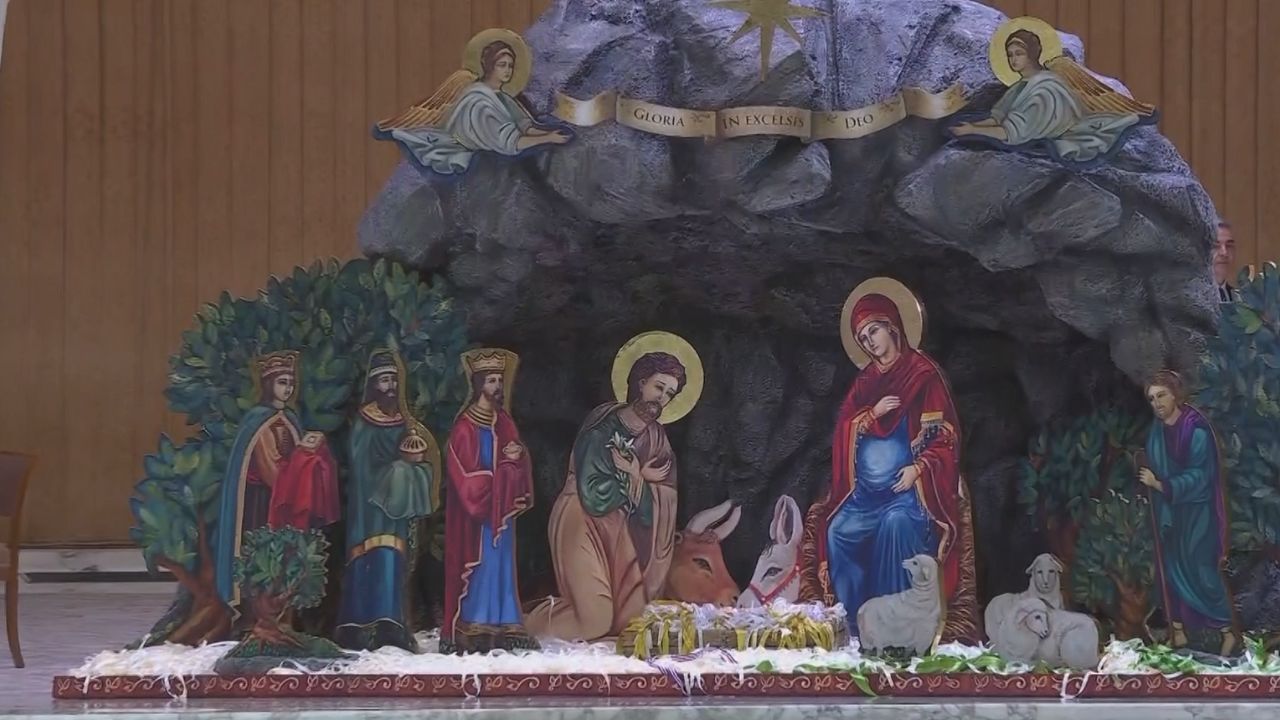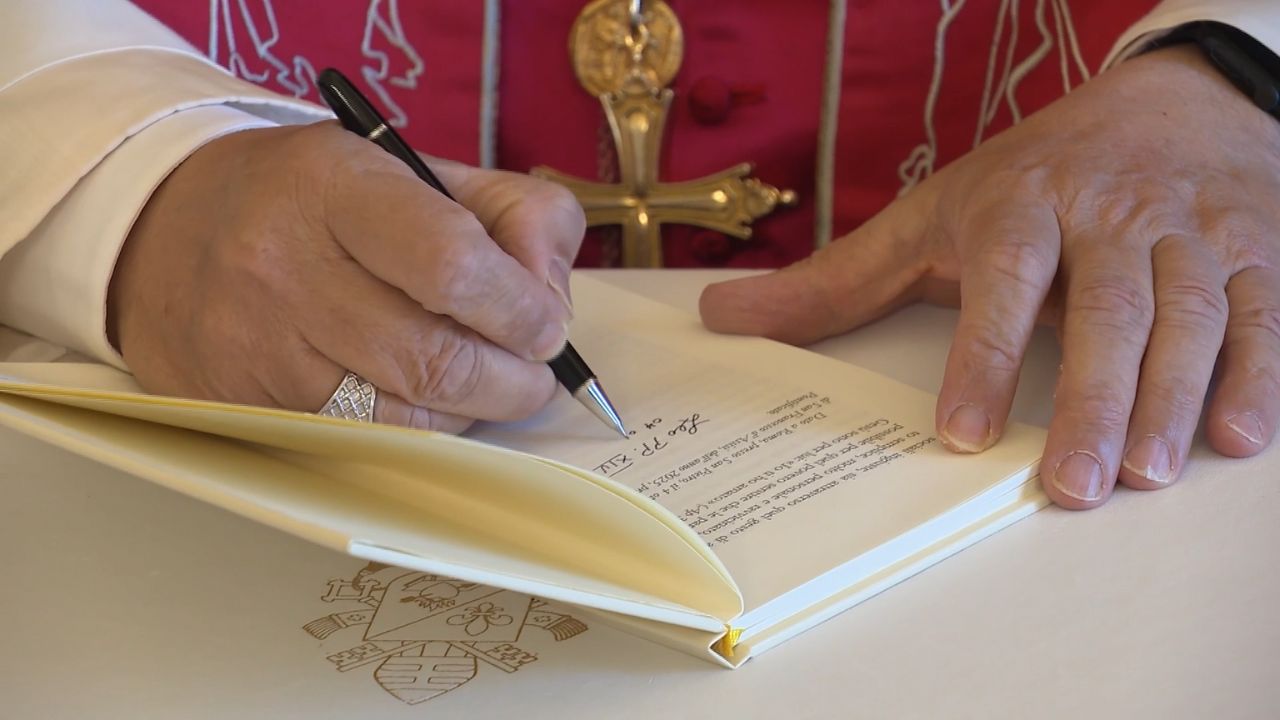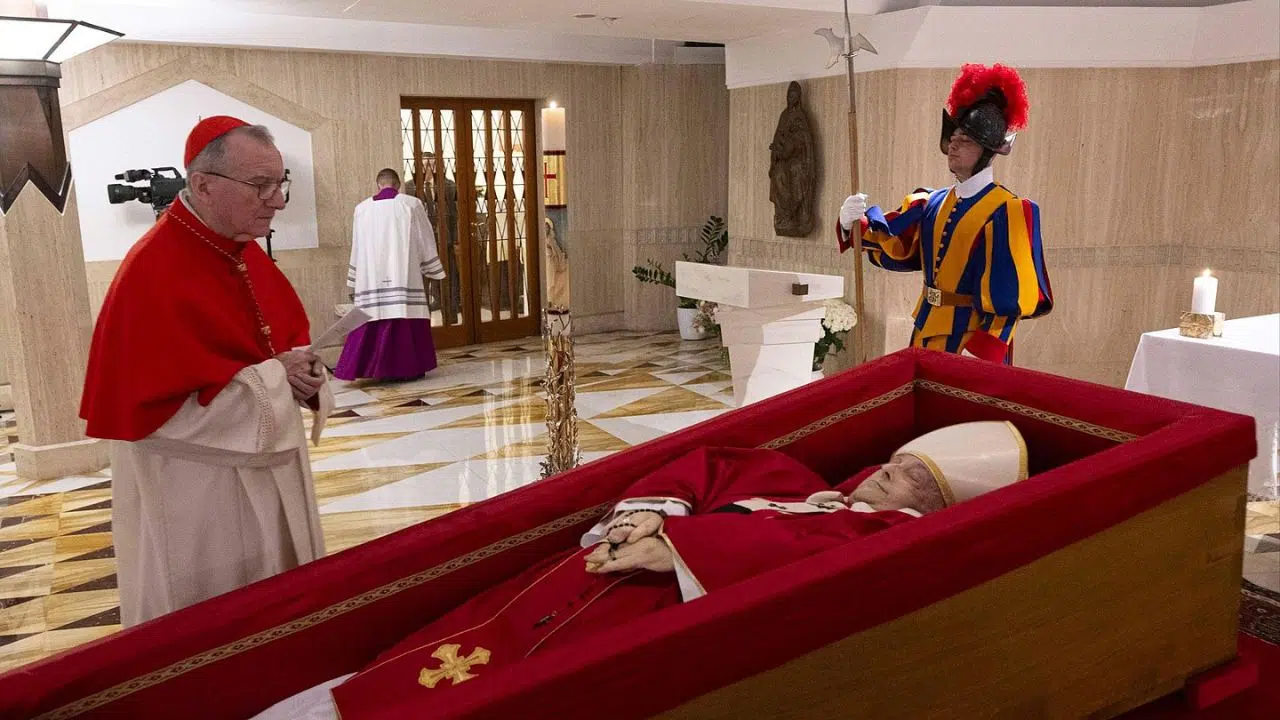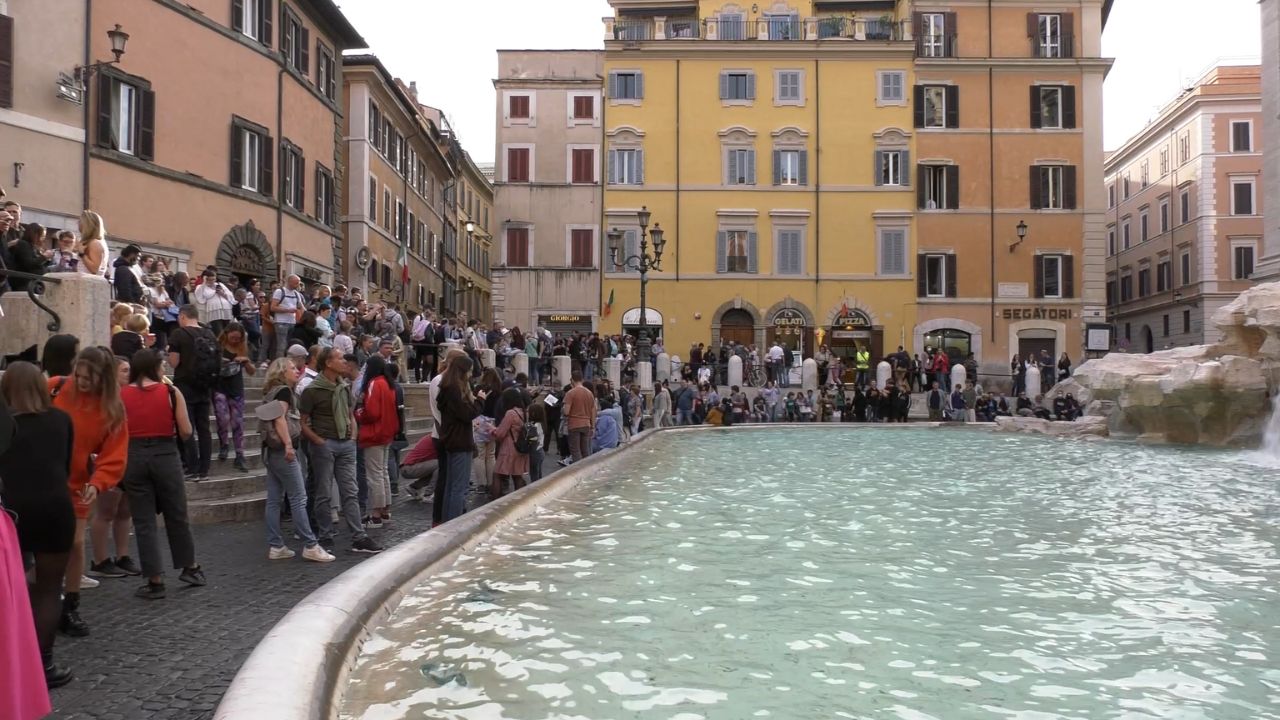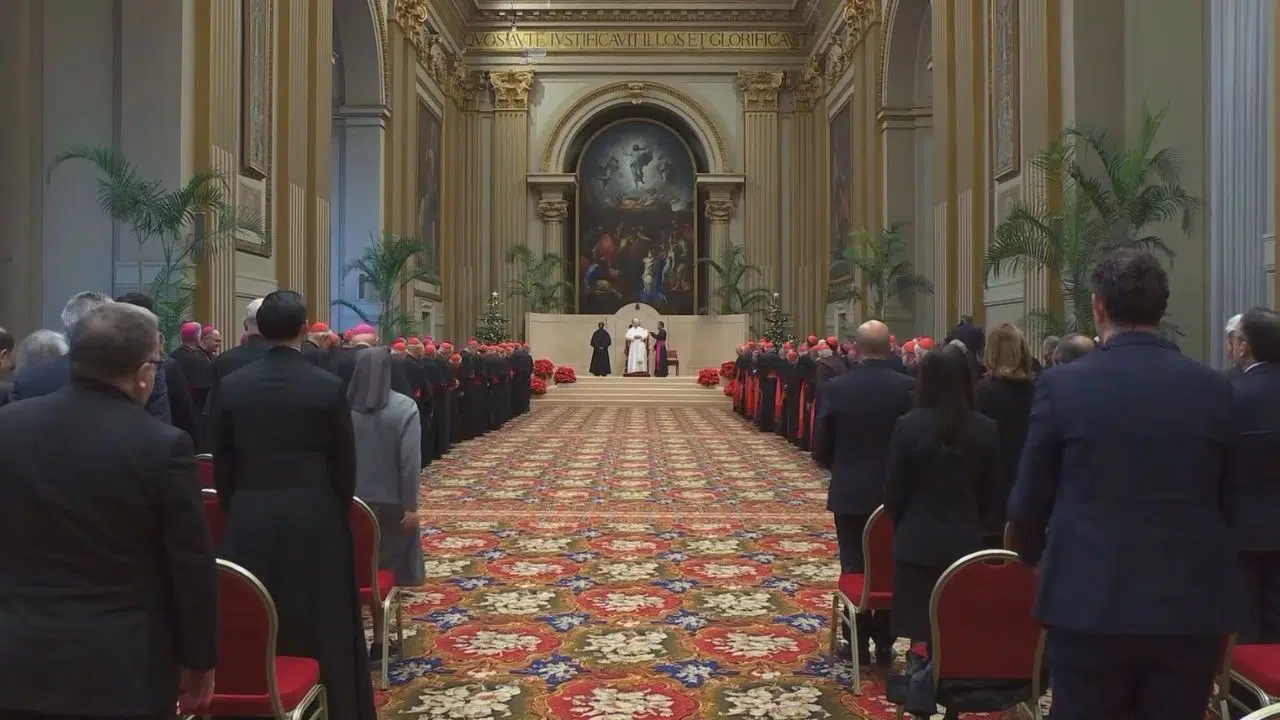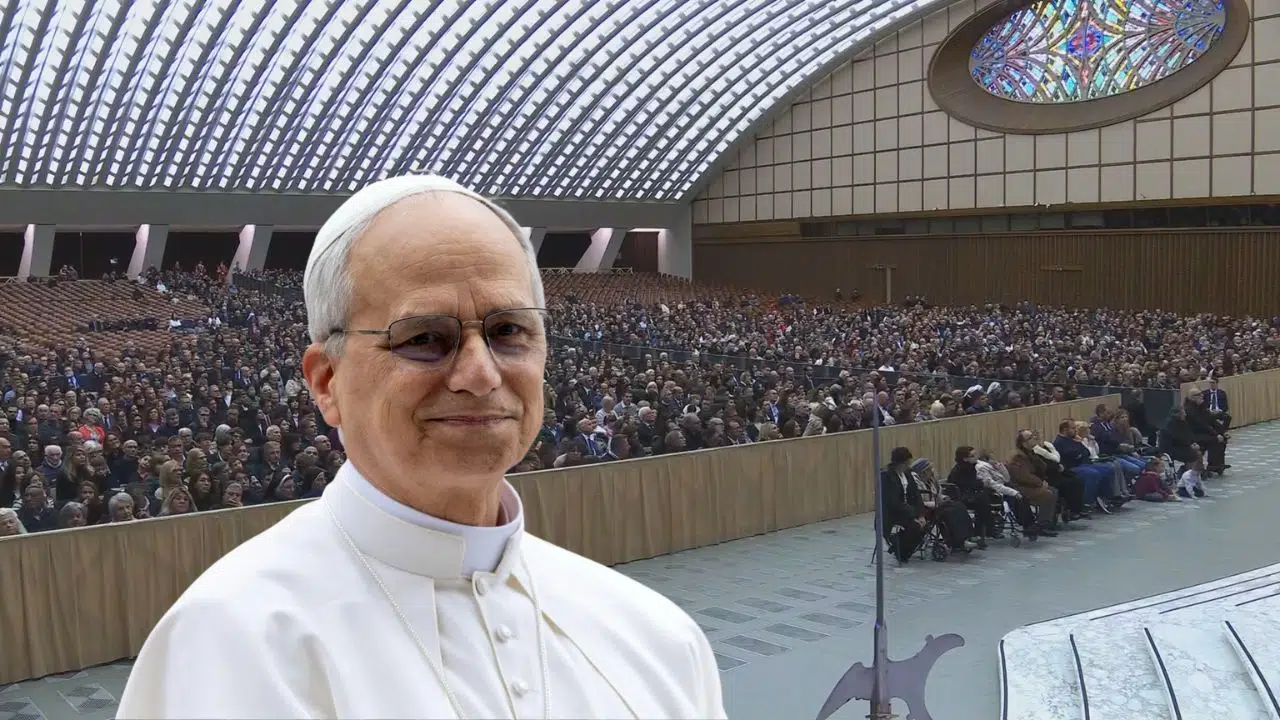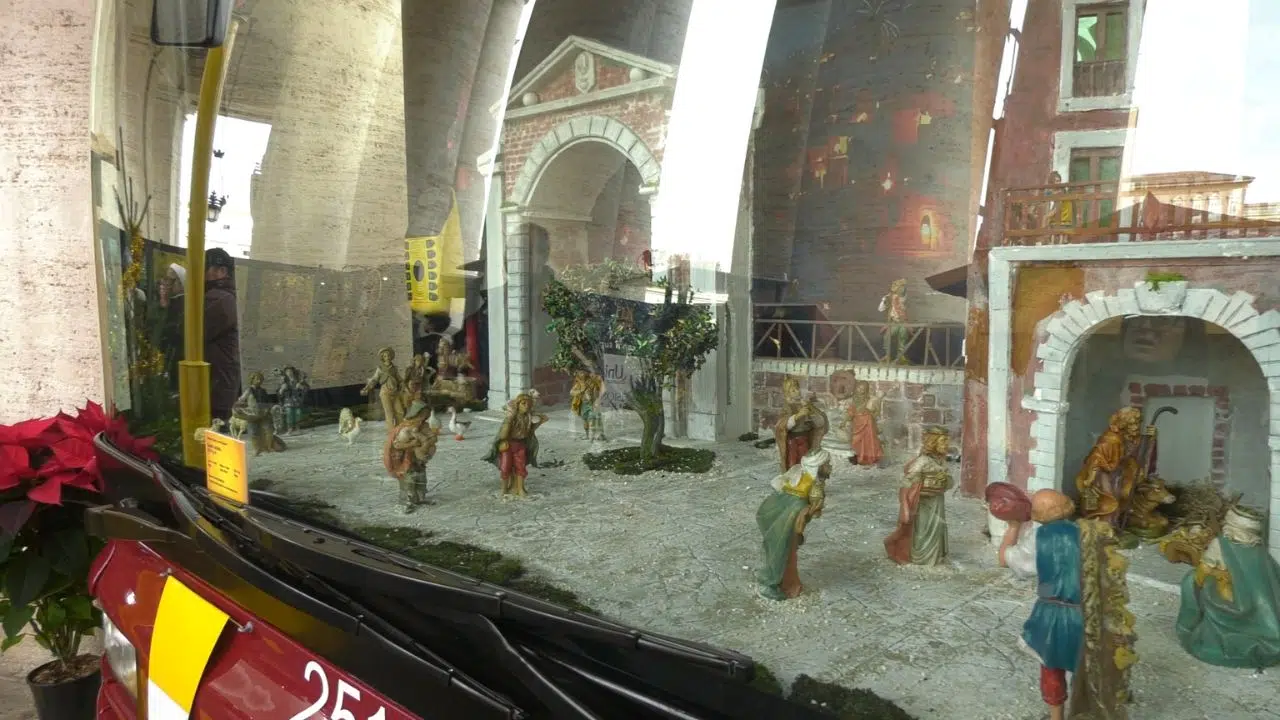In Italy, there are a number of cities that are known as the City of Popes. But there is only one that can be called the birthplace of the conclave.
ELENA CANGIANO
Director, Monumental Complex Cathedral Hill
We're in the Palace of the Popes in Viterbo, which was the papal seat for 24 years from 1257 to 1281. And so the pope resided in these very rooms. Right now, we are in the room that has gone down in history for hosting the first and longest conclave in Christendom. It lasted a full 33 months.
When Pope Clement IV died in 1268, 19 of the 20 cardinal electors came to Viterbo to elect a new pope. But after one year with no decision from the cardinals, the people took matters into their own hands.
ELENA CANGIANO
Director, Monumental Complex Cathedral Hill
The city of Viterbo, together with the captain of the people, Raniero Gatti, decided to lock the cardinals up, first in the palace and then in this hall. In this room, they went so far as to limit the cardinals to bread and water.
At last, in September of 1271, after more than three years without a pope, Archdeacon Tebaldo Visconti of Piacenza was elected. But at the time of the election, he was in the Holy Land. So, we would finally have Pope Gregory X in March of 1272.
After their experience in Viterbo, some of the cardinals realized that this long and unofficial process of electing popes no longer worked. Teobaldo Visconti, the recently elected Pope Gregory X, created the concrete rules for electing a new pope in his apostolic constitution, Ubi periculum—which are the basis for the process the Church uses today. But it wasn't for another 27 years that the rules were officially established in the Church.
ELENA CANGIANO
Director, Monumental Complex Cathedral Hill
The reality, however, is that it isn't until 1298 that Pope Boniface VIII established the apostolic constitution as the only method of electing a pope. In this room, where the cardinal electors were locked "cum clave," or with a key, from the outside, this important event took place, a historical fact of considerable importance both for Christianity and for the Middle Ages.
But why was the little town of Viterbo, just 90 minutes north of Rome, even on the table as a seat of papal power? Because in the 13th century, the Eternal City was ruled unsafe due to the constant in-fighting between two important families: the Guelphs and the Ghibellines.
ELENA CANGIANO
Director, Monumental Complex Cathedral Hill
So the Pope realized it was better to transfer the papal see. And he chose Viterbo because it's a city close to Rome, it's a city on the Guelph side and, above all, it's a city that already has a two and a half mile circular wall. So, it's a nearby, safe city that's on the Via Francigena—this very important pilgrimage route. So Viterbo is also a prosperous city from an economic point of view. And so for all these reasons, Rome was abandoned and Viterbo was chosen in 1257.
There were nine papacies during Viterbo's 24 years as the seat of papal power. The little city also saw the election of the only Portuguese pope in history and the year of four popes with Innocent IV, Adrian IV, Gregory X and John XXI.
ELENA CANGIANO
Director, Monumental Complex Cathedral Hill
I always say, in Italy, there are so many cities of popes because so many cities were the birthplace of popes. But Viterbo is the city of the popes because, after Rome, it was the only other papal see on the official level.
While Rome is considered the Eternal City, Viterbo will be remembered in history for it's short but impactful time as the seat of papal power in the 13th century.
KG
